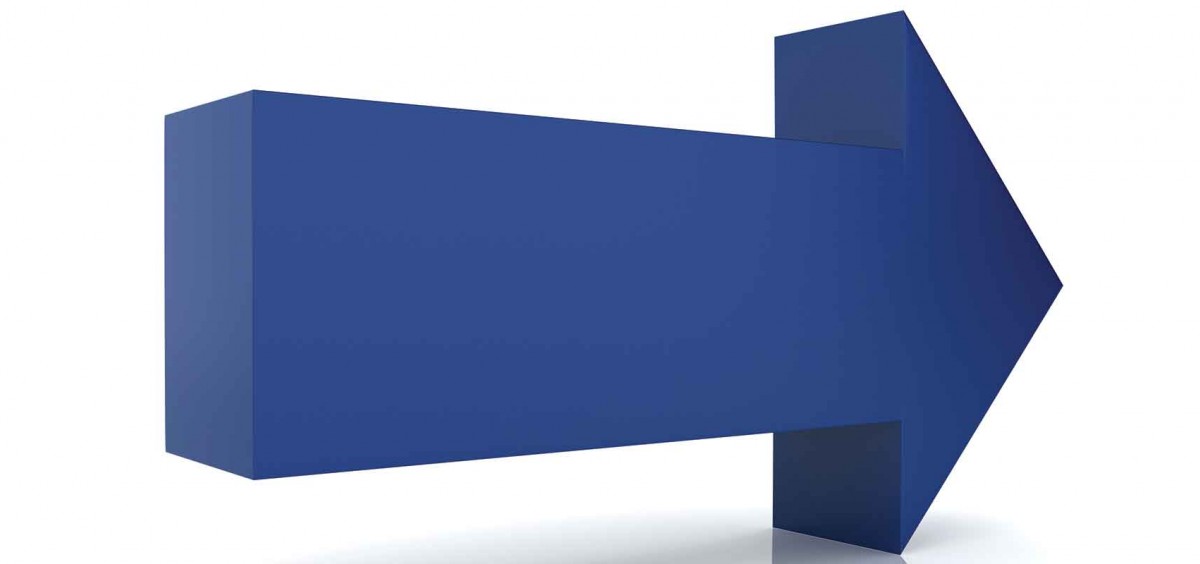VAT Flat rate scheme changes 1st April 2017
Those who are on the VAT Flat RAte Scheme have historically seen an uplift in their revenue in most cases. With the changes that are coming in the majority on the Flat Rate Scheme will be on the 16.5% and no longer benefit from an uplift in the revenue as they have in the past.
As of 1st April 2017 it will be better for most businesses on the VAT Flat Rate Scheme to move to the normal VAT reporting and claim VAT back on all expenses, which one can’t on the VAT Flat Rate Scheme. What this means is that from the 1st April 2017 you will want to ensure you get proper VAT invoices for all expenses so you can claim back the VAT. You must ensure there is a VAT number on the receipt and that it is not a pro-forma and remember not all expenses have VAT on e.g. train and flight tickets. Also, not all companies are VAT registered.
If you have no idea what VAT Flat Rate Scheme is then this will not impact you, but here is a brief description of what it is and the impact the changes will make.
The VAT Flat Rate Scheme simplifies businesses' record keeping, and makes it easy to work out the VAT to pay.
How does it work?
Normally a business deducts the VAT on its inputs (what they buy) from the VAT charged on what they sell (outputs).
Under the Flat Rate Scheme the two-stage process is simplified to one step.
For example, the flat rate percentage for IT consultant is 14.5% - so if they invoice a client £1200 including VAT of £200 he will pay a flat rate of £174 (£1200 x 14.5%) to HMRC.
The percentages for each type of business vary.
The flat rate scheme is designed to give the government roughly the same amount of VAT, but should be much easier to work out.
Historically this approximation has meant some businesses paid more, and some less. The government is concerned that some businesses are using the Flat Rate Scheme to pay less VAT than is appropriate which is true in a lot of cases.
What is changing?
Chancellor Philip Hammond announced changes which affect businesses which have a very low cost base and these are now called "limited cost traders".
Limited cost traders can still use the Flat Rate Scheme and use 16.5%.
So now the IT consultant will invoice £1200 including £200 of VAT, the flat rate amount is £198 (£1200 x 16.5%) so only £2 less than normal VAT.
A limited cost trader is defined as one that spends less than 2% of its sales on goods (not services) in an accounting period.
When working out the amount spent on goods, it can’t include purchases of:
- capital goods (such as new equipment used in a business)
- food and drink (such as lunches for staff)
- vehicles or parts for vehicles (unless running a vehicle hiring business)
A firm will also be a limited cost trader if it spends less than £1,000 a year, even if this is more than than 2% of the firm's turnover on goods.
Who will this affect?
It will increase the VAT paid by labour-intensive businesses where very little is spent on goods e.g. IT contractors, consultants, hairdressers and accountancy firms.
Construction workers who supply their labour, but where the raw materials are provided by the main contractor will also be affected.
The new rules start on 1 April 2017.
If you have any queries, please contact us


